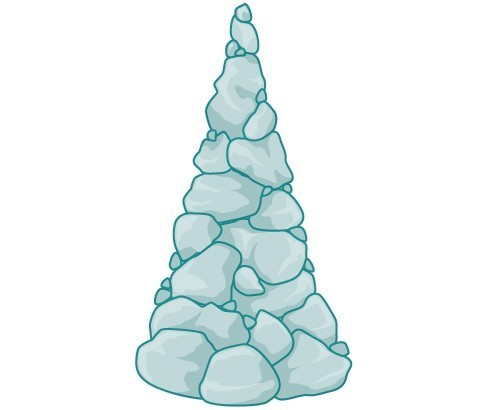Introduction to Inverses and Radical Functions
LEARNING OBJECTIVES
By the end of this lesson, you will be able to:- Find the inverse of a polynomial function.
- Restrict the domain to find the inverse of a polynomial function.
 Figure 1
Figure 1A mound of gravel is in the shape of a cone with the height equal to twice the radius.
The volume is found using a formula from elementary geometry.
We have written the volume V in terms of the radius r. However, in some cases, we may start out with the volume and want to find the radius. For example: A customer purchases 100 cubic feet of gravel to construct a cone shape mound with a height twice the radius. What are the radius and height of the new cone? To answer this question, we use the formula
This function is the inverse of the formula for V in terms of r.
In this section, we will explore the inverses of polynomial and rational functions and in particular the radical functions we encounter in the process.
